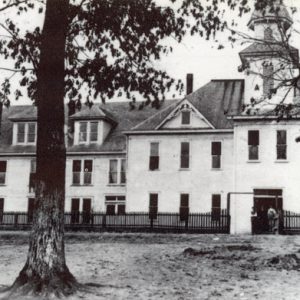 Arkansas Holiness College
Arkansas Holiness College
Time Period: Early Twentieth Century (1901 - 1940)
 Arkansas Holiness College
Arkansas Holiness College
Arkansas Insurance Department (AID)
Arkansas Intercollegiate Conference
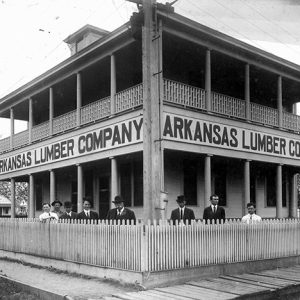 Arkansas Lumber Company
Arkansas Lumber Company
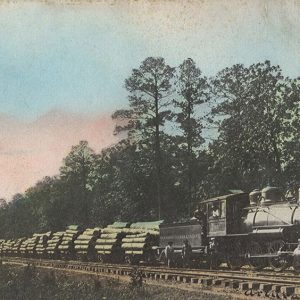 Arkansas Lumber Company
Arkansas Lumber Company
 Arkansas National Forest Proclamation
Arkansas National Forest Proclamation
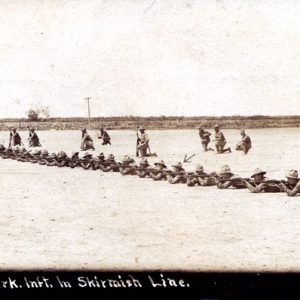 Arkansas National Guard
Arkansas National Guard
Arkansas Negro Democratic Association (ANDA)
 Arkansas Pharmacist Association
Arkansas Pharmacist Association
Arkansas Pioneer Branch of the National League of American Pen Women (NLAPW)
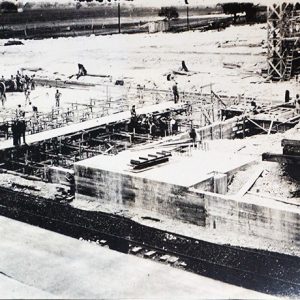 Arkansas Portland Cement Company
Arkansas Portland Cement Company
 Arkansas Portland Cement Company
Arkansas Portland Cement Company
 Arkansas Power & Light (AP&L) Ad
Arkansas Power & Light (AP&L) Ad
Arkansas Power and Light (AP&L)
Arkansas Race Riot, The [Pamphlet]
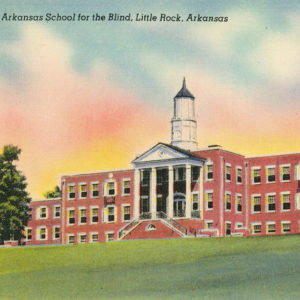 ASB Postcard
ASB Postcard
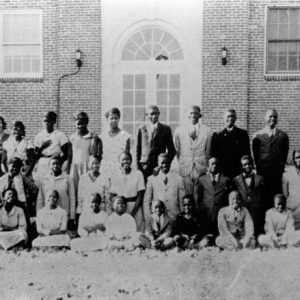 ASD Colored Division
ASD Colored Division
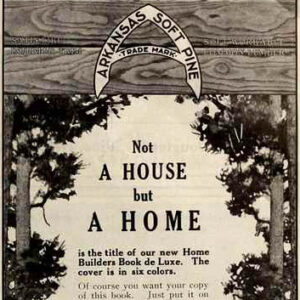 Arkansas Soft Pine Ad
Arkansas Soft Pine Ad
Arkansas Soft Pine Bureau (ASPB)
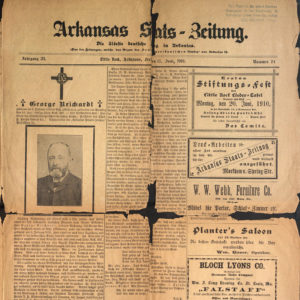 Arkansas Staats-Zeitung
Arkansas Staats-Zeitung
Arkansas State Archives
aka: Arkansas History Commission
 Arkansas State Archives
Arkansas State Archives
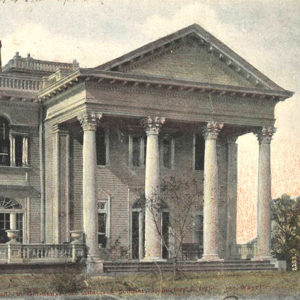 Arkansas State Building, 1907
Arkansas State Building, 1907
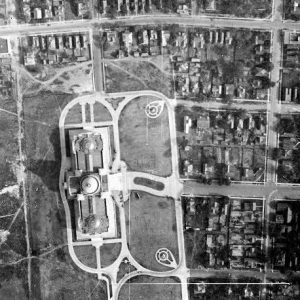 Arkansas State Capitol Building
Arkansas State Capitol Building
Arkansas State Capitol Building
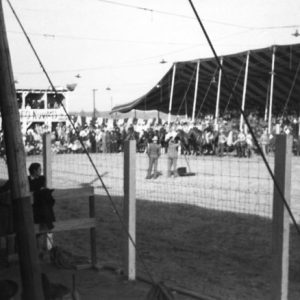 Arkansas State Fair
Arkansas State Fair
 Arkansas State Flag, 1913
Arkansas State Flag, 1913
 Arkansas State Flag, 1923
Arkansas State Flag, 1923
 Arkansas State Flag, Original Design
Arkansas State Flag, Original Design
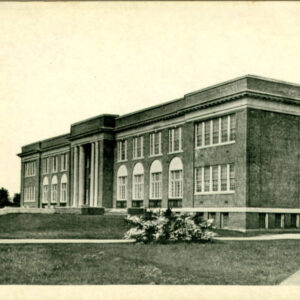 Arkansas State Normal School
Arkansas State Normal School
 Arkansas State Penitentiary
Arkansas State Penitentiary
 Arkansas State Penitentiary
Arkansas State Penitentiary
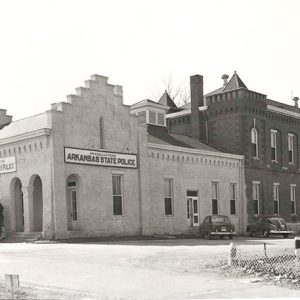 Arkansas State Police HQ
Arkansas State Police HQ
 Arkansas State Rice Milling Company
Arkansas State Rice Milling Company
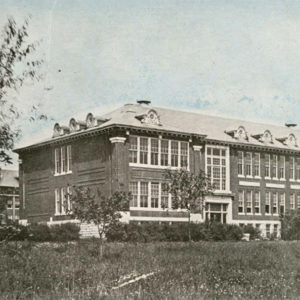 Arkansas State Teachers College
Arkansas State Teachers College
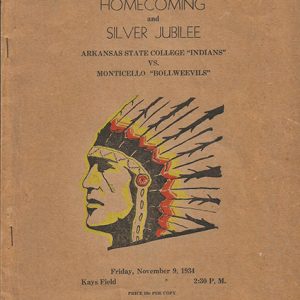 ASU Homecoming Program
ASU Homecoming Program
Arkansas Territorial Centennial
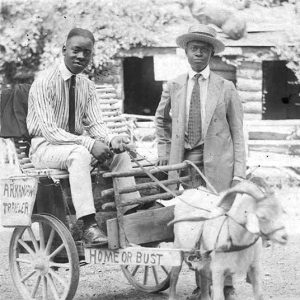 "Arkansas Traveler"
"Arkansas Traveler"
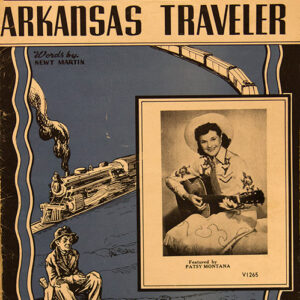 "Arkansas Traveler" Music
"Arkansas Traveler" Music
 "Arkansas Traveler"
"Arkansas Traveler"
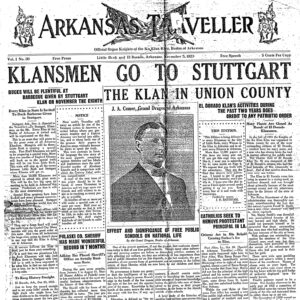 The Arkansas Traveller
The Arkansas Traveller
 The Arkansas Traveller
The Arkansas Traveller
Arkansas Traveller [Ku Klux Klan Newspaper]
Arkansas Tuberculosis Sanatorium
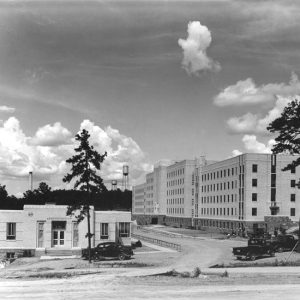 Arkansas Tuberculosis Sanatorium
Arkansas Tuberculosis Sanatorium
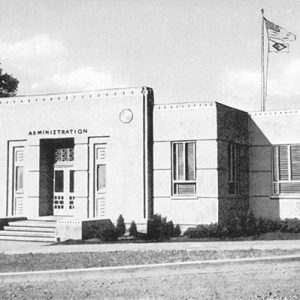 Administration Office
Administration Office
Arkansas Western Railroad
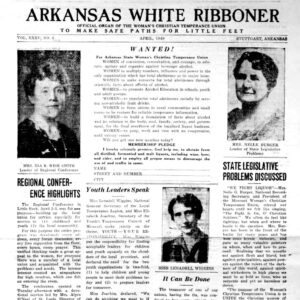 Arkansas White Ribboner
Arkansas White Ribboner
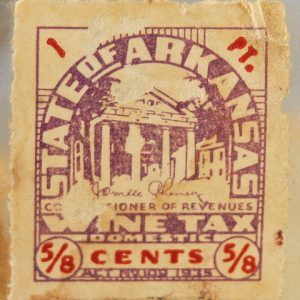 Arkansas Wine Tax Stamp
Arkansas Wine Tax Stamp




